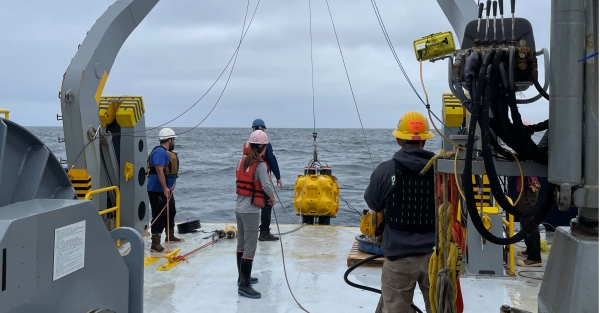Come mating season, fishes off the California coast sing songs of love in the evenings and before sunrise. They vocalize not so much as lone crooners but in choruses, in some cases loud enough to be heard from land. It’s a technique of romance shared by frogs, insects, whales, and other animals when the time is right.
For most of these vocal arrangements, the choruses are low-frequency. They’re hard to distinguish from the sounds of ships passing in the night among others.
Biologists, however, have long been interested in listening in on them in the name of understanding fish behavior toward an ultimate goal: They can help preserve fish populations and ocean health by identifying spawning seasons to inform fisheries management.
Now scientists at Scripps Institution of Oceanography at UC San Diego and colleagues have developed a way for computers to sift through sounds collected by field acoustic recording packages known as HARPs and process them faster than even the most trained human analysts. The method represents a major advance in the field of signal processing with uses beyond marine environments.
Read more at University of California San Diego
Image: Study lead author Ella Kim (pink helmet) helps deploy a HARP instrument package. (Photo: Ana Širović via University of California San Diego)


